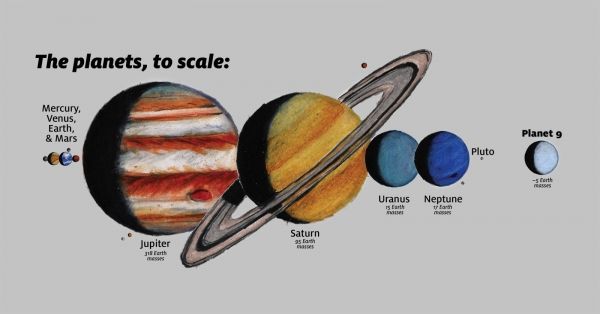The papers offer new details about the suspected nature and location of the planet, which has been the subject of an intense international search ever since Batygin and Brown's 2016 announcement.
The first, titled "Orbital Clustering in the Distant Solar System," was published in The Astronomical Journal on January 22. The Planet Nine hypothesis is founded on evidence suggesting that the clustering of objects in the Kuiper Belt, a field of icy bodies that lies beyond Neptune, is influenced by the gravitational tugs of an unseen planet.It has been an open question as to whether that clustering is indeed occurring, or whether it is an artifact resulting from bias in how and where Kuiper Belt objects are observed.
To assess whether observational bias is behind the apparent clustering, Brown and Batygin developed a method to quantify the amount of bias in each individual observation, then calculated the probability that the clustering is spurious. That probability, they found, is around one in 500.
Read more at California Institute of Technology
Image: Updated orbital calculations suggest that Planet Nine is an approximately 5 Earth mass planet that resides on a mildly eccentric orbit with a period of about ten thousand years. (Credit: James Tuttle Keane/Caltech)


